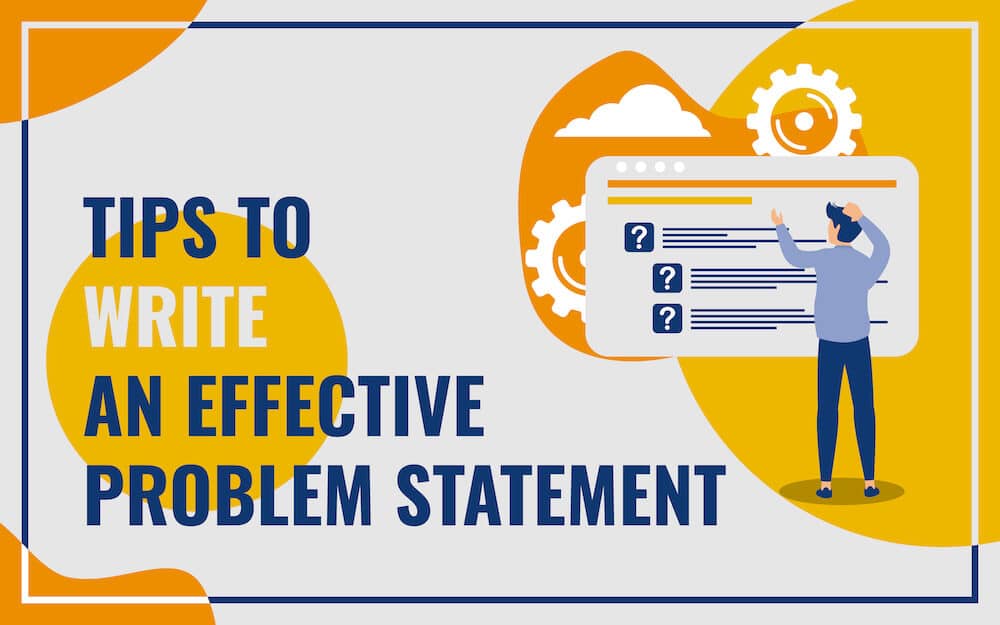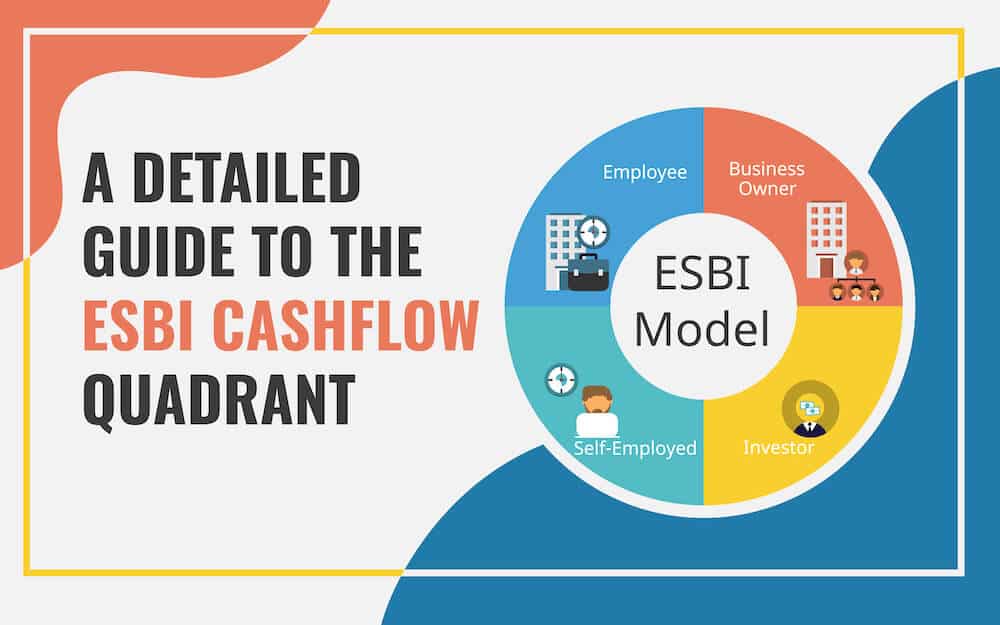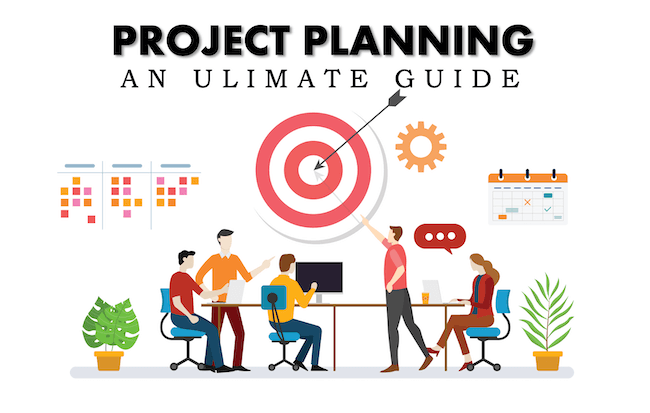
Globalization has changed the entire facet of project management, bringing in both new possibilities and challenges. On the one hand, it has provided organizations with an opportunity to increase their customer base across the world and cater to their varied needs, harnessing the skills of global teams. On the other hand, it has increased the complexity of the projects and encumbered the project managers with various critical responsibilities, such as managing the onshore and offshore teams, accelerating speed to market with services and products, and handling cultural incompatibilities, etc.
With a well-crafted project plan, project managers can considerably reduce their burden and ensure the successful delivery of the project on time. A project plan is a blueprint of all the tasks, activities, milestones, deliverables, resources, and risks involved in a project from initiation to completion. In this blog post, we have provided a stepwise guide to prepare an effective project plan. We have also provided some expert tips and templates to implement it. Read on!
Benefits of Project Planning
Creating a project plan ahead of time will help you guide your team to proceed further in a better way. Here are some of the significant advantages of project planning:
1. Gives an Overview of Your Project Management Approach
You can provide a clear picture of various crucial aspects of the project to the team members, such as the scope, objective, budget, milestones, deliverables, schedules, quality standards, etc.
2. Unveils the Challenges and Risks
Project managers can’t predict the future, but they can gauge the uncertainties and prepare to mitigate them in advance. A project plan helps identify all the challenges, bottlenecks, and risks that are likely to come in the way of smooth execution of the project.
3. Identify Resource Requirements
You can figure out the resources (human resources, equipment, material, etc.) required to complete the project on time. Based on your findings, you can take proactive actions to fill the gap, if any. For instance, you can train your team members to hone their skills required for a particular project or hire new talent.
4. Define the Workflow
No matter how large and complex your project is, an effective project plan helps you lay out a well-defined workflow. It will help your team members understand their respective roles and responsibilities, move from one stage to another, and whom they are supposed to coordinate and report.
Step-by-Step Process to Prepare a Project Plan
1. Define the Goals, Objectives, and Scope of the Project
Identify the goals and objectives of the project by finding answers to the following questions:
- Who are the stakeholders? (The stakeholder may be anyone who is affected by the service or product, including project sponsors, clients, project managers and teams, customers, etc.)
- What are their expectations?
- What needs to be accomplished?
- Which events, tasks, and milestones need to complete on priority?
- What will be the quality standards?
- What are the timelines for each activity?
- Is there any exclusion (any services or projects that you will not include in the project)?
- Who will be in the project team, and what will be the role of each individual?
You can conduct interviews and one-on-one meetings with stakeholders/clients or touch base with focus groups to get more clarity about their requirements, expectations, and timelines. Once you get answers to all the above questions, you can write a Statement of Work (SOW) for the project.
You can leverage Project Management PowerPoint templates to provide a snapshot of all the important information related to the project in an impactful and captivating manner.
2. Work Breakdown Structure
You can manage the larger and complicated project by breaking it down into smaller sections and creating a Work Breakdown Structure (WBS). Identify the tasks, activities, processes, and deadlines for each deliverable. You can also determine the critical path for the interrelated and dependent tasks. It will further help you prepare budgets, cost estimates, and schedules.
3. Resource Mapping
In order to avoid potential delays in project delivery, it’s crucial to ensure beforehand that you have all the raw materials, supplies, facilities, human resources with the right skills, equipment, etc. While mapping, consider the following resources:
- Staffing: Determine if you have all the skills available in house, or you will have to get it from outside.
- Materials and Equipment: Find out the vendors and suppliers who will provide you the required materials.
- Time: Estimate the time each resource will take to complete the task. Consider pessimistic, normal, or optimistic variables while determining the duration.
- Cost and Budget: Estimate the cost of each resource and task.
4. Project Scheduling
Now, you are equipped with all the information related to resources and tasks. Using this information, you can easily outline the sequence of each event and allocate the resource to each task for creating a project schedule.
Here, you must understand that you won’t implement the schedule effectively until and unless it is communicated well to the team members. You can use the following PowerPoint templates to illustrate the information and communicate it to the stakeholders visually:

Showcase the events of the projects in chronological order using timeline templates.

Communicate the goals, milestones, dependencies, key deliverables, etc. of the project in a stunning manner.
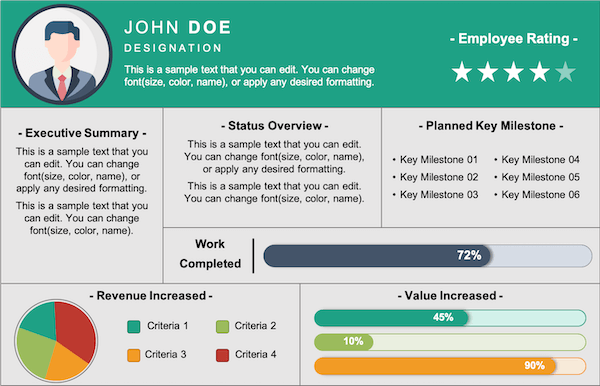
Depict the important aspects of the project in a well-organized and structured manner.
Choose any of the templates according to the preferences of the stakeholders.
5. Review, Refine, and Launch
Leveraging the templates as mentioned above, you can seek feedback from the stakeholders to make the requisite changes in the plan before finalizing it. You can brainstorm the following points:
- Are the assumptions, estimates, quality standards, resources, schedule, and budget realistic?
- Internal and external factors that can impact the deliverables
- The best ways to monitor the progress
- Any changes required in the contingency plans, risk management plans, and mitigation strategies?
- Any other hindrances in the successful delivery of the project?
Based on the feedback, you can refine your plan, draft it, and kick it off.
6. Monitor the Progress
Keep an eye on the progress of the project and keep your team informed on the same. Constant monitoring will help you find out the deviations from the baseline plan, if any. It will also help you to adjust the plan on time, to manage any changes.
Choose any of the following templates for communicating with your team:
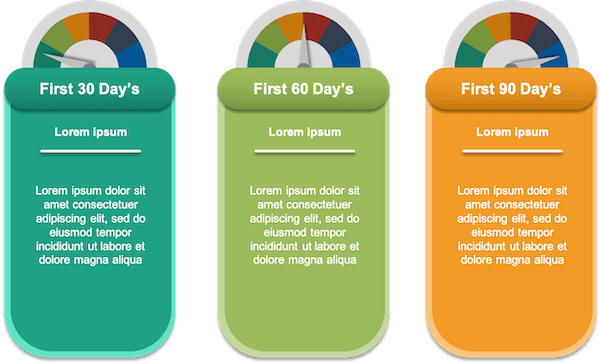
Illustrate the progress and achievements of the last month or quarter with beautiful infographics.

Demonstrate the completed, in-progress, and to-be-done tasks and milestones in an engaging manner.
Undoubtedly, managing several complex projects simultaneously is an uphill task for project managers. But, it can be a lot easier by having a good project plan in place and communicating it to the team members in a comprehensible manner. Hope you find the above blog post valuable. Share it through Twitter and Facebook. We would also like to know which template/tool you prefer to interact with your project team. Write your thoughts/tips in the “Comment” section
